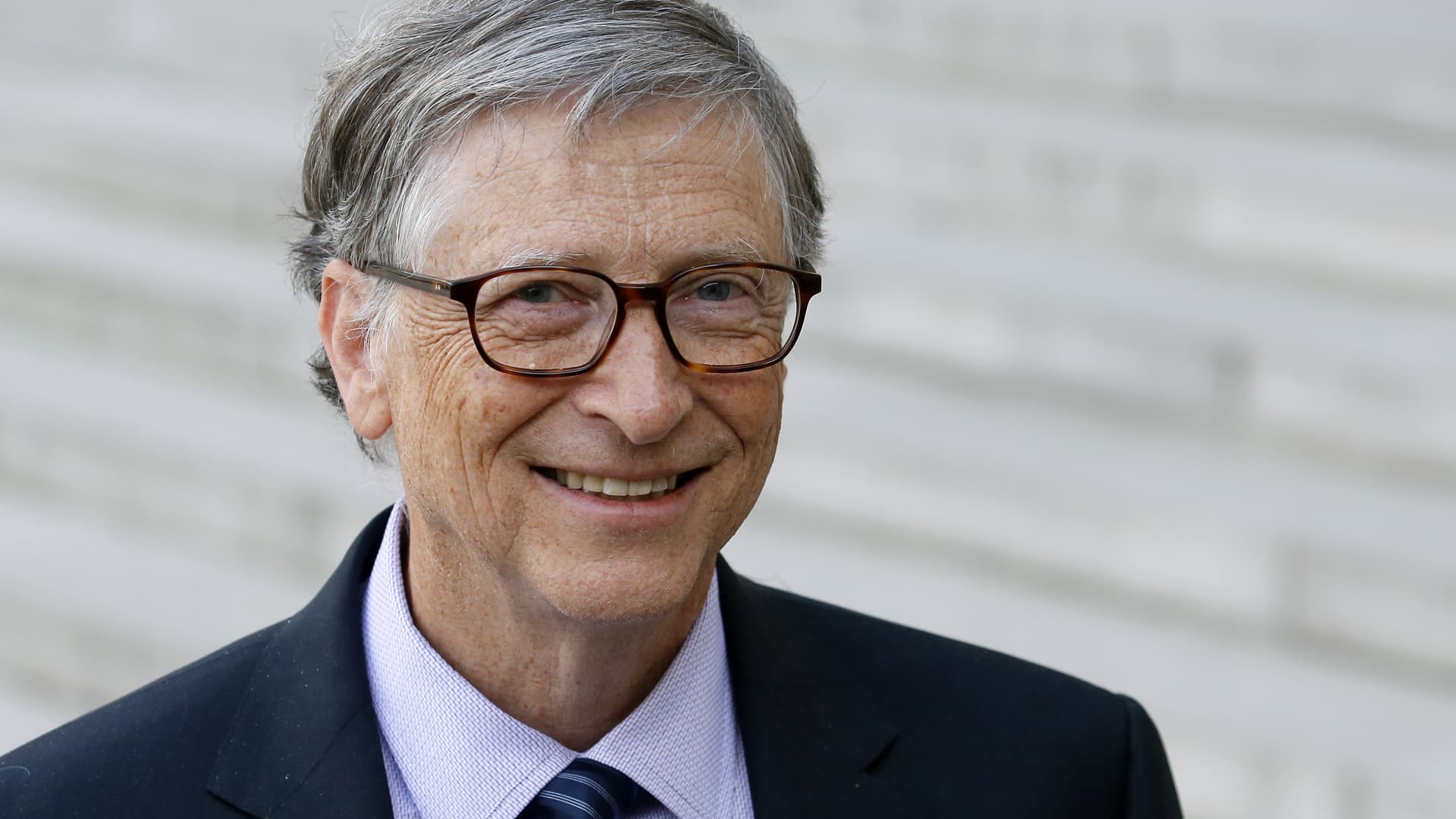Products You May Like
Financial experts typically recommend being careful how you allocate your money, lest you run out of it. But for billionaire Bill Gates, running out of money is the goal.
The Microsoft co-founder announced this week that he’s donating $20 billion to the Bill & Melinda Gates Foundation, while reiterating his pledge to give away “virtually all of my wealth to the foundation” and eventually drop off the list of the world’s wealthiest people altogether.
Gates announced his plans in a Twitter post on Wednesday, writing: “I have an obligation to return my resources to society in ways that have the greatest impact for reducing suffering and improving lives. And I hope others in positions of great wealth and privilege will step up in this moment too.”
Gates, along with his ex-wife Melinda French Gates, has already given more than $50 billion to the foundation since 1994. But for the world’s fourth-richest person to achieve his goal, he’ll need to pull off a massive philanthropic effort, giving away nearly all of a fortune that Bloomberg currently estimates at $113 billion.
Here’s how he can pull it off, and what the impact might actually be.
The Gates Foundation’s impact so far — and a look ahead
In a blog post on Wednesday, Gates wrote that the Gates Foundation plans to boost its annual spending by 50% — to $9 billion by 2026, up from its current $6 billion.
“It is now clear that the need in all the areas where we work is greater than ever. The great crises of our time require all of us to do more,” Gates wrote, noting recent “huge global setbacks” ranging from the Covid-19 pandemic to Russia’s invasion of Ukraine.
Founded in 2000, the foundation is already one of the world’s largest charitable organizations. The nonprofit funds a variety of causes, with a particular focus on finding solutions to global issues like disease, poverty, climate change and access to healthcare and education.
Looking ahead, Gates wrote that he wants his ever-increasing donations to fund research and development on preventing future pandemics, mitigating climate change and cutting global childhood deaths from preventable diseases in half in the coming decades.
Critics of the foundation point to the potential dangers — and conflicts of interest — of such a large charitable organization having disproportionate power over how tens of billions of dollars are spent, especially on issues of great global importance. Those critics have argued that private nonprofits should have more public oversight and accountability.
But the Gates Foundation has undeniably impacted the world for the better already. In a 2008 study, Rice University researchers found that the foundation helped spur greater financial support at the National Institutes of Health for research into vaccines for malaria and tuberculosis, and other global diseases like asthma and heart disease.
Similarly, the Gates Foundation played a key role in creating Gavi, the Vaccine Alliance — a global health program founded in 2000 that provides immunization to poor countries and has helped vaccinate nearly 1.2 billion people against diseases like Covid-19, polio and measles. The foundation contributed more than $4 billion to the program, including $750 million in seed funding, while helping convince governments and global health organizations to chip in billions more.
The program says it has prevented more than 15 million deaths since launching.
Gates’s fortune may grow further before he gives it all away
The vast majority of Gates’ wealth comes from private holdings and common stock, including a reported 1% stake in Microsoft that’s currently valued at roughly $19 billion. His net worth fluctuates with the market, and has increased by about 25% over the past five years — despite past donations to charity and a transfer of at least $6 billion to his ex-wife from their 2021 divorce.
If those assets continue to gain value, Gates may find himself with even more than $113 billion to give away.
Historically, Gates has donated shares of Microsoft and other investments directly to charities like the Bill & Melinda Gates Foundation, which keeps the bulk of its now nearly $70 billion endowment in stocks. Going forward, he could continue to make donations in the form of stock, or decide to liquidate some of his holdings and donate their cash value.
That would almost certainly be the case when it comes to assets like real estate — including a 66,000-square-foot lakeside home in Medina, Washington that Wealth-X valued at $80 million in 2019 — and an art collection that Wealth-X values at $130 million, including works by Leonardo Da Vinci.
Either way, it’s sure to be a huge undertaking, but the billionaire says he’s looking forward to it. In his blog post, Gates wrote that he doesn’t view the act of giving away his wealth as a sacrifice.
“I feel privileged to be involved in tackling these great challenges, I enjoy the work, and I believe I have an obligation to return my resources to society in ways that have the greatest impact for improving lives,” he wrote.
Sign up now: Get smarter about your money and career with our weekly newsletter
Don’t miss:
Bill Gates has 5 book recommendations for your 2022 summer reading list
Want to change the world? Bill Gates says you should ‘read a lot’ and ‘find a skill you enjoy’
